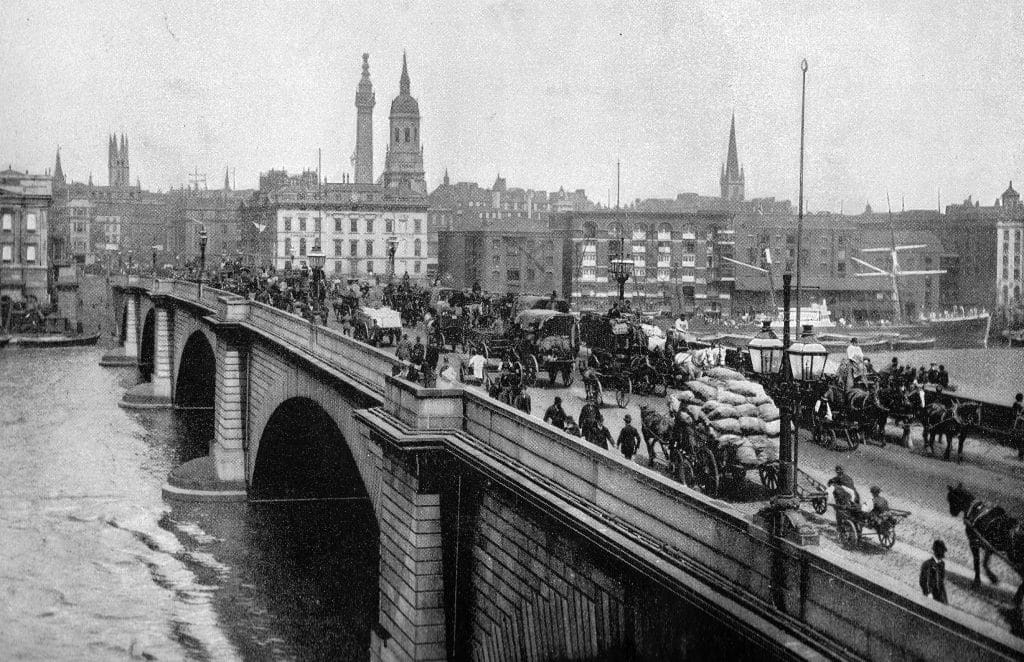While it is impossible to say with complete certainty, the first bridges were most likely natural. Fallen trees or avalanches would have created access to new areas and possibilities for the early humans and as they spread and expanded across the globe, occasional land-bridges would appear from the oceans and offer even greater opportunities.
With the rise of the three great ancient civilizations (China around the Yellow River, Mesopotamia around the Euphrates and Egypt along the Nile), it became clear that river systems were vital to early communal groups. Rivers provided convenient irrigation, fishing and fast travel but also, conversely, a barrier to expansion. As humanity began to grow and learn, moulding the natural world to their whim, the first true constructed bridges began to appear.
Wood and vine bridges are common to this day in parts of India and constitute the most basic style of beam bridge. As natural materials like these do not last over the years, it is difficult to give precise histories but they are generally accepted as the most ancient. Suspension bridges came to follow, with supple materials held between two fixed points, known in China since 206BC.
The earliest existing example of a constructed bridge is the Zhaozhou Bridge in China dating to 605AD, a stone construction employing a segmented arch style. This style, after the simple straight line of a beam bridge, is one of the most basic varieties but requires an advanced understanding of weight bearing. Arches force the weight to the end supports, allowing for a length that would collapse as a beam.
With the rise of the Romans and their industrial developments, bridge building became more of a science. The advent of Roman cement and the adaptation of Greek mathematics gave birth to great weight-bearing constructions impossible with natural stone. Arch bridges could now hold a weight twice that of themselves, culminating in the famous water-bridges known as aqueducts.
After the fall of the Roman empire and the subsequent Dark age, bridge building (at least in Europe) returned to ancient ways. After the Renaissance, the next great leap came in new man-made metals. Iron ushered in new cable, cantilever and truss bridge styles but had an unnerving habit of collapsing due to a lack of internal strength. When steel became common in the late 19th century, modern bridge-building and giant constructions finally became possible, changing our understanding of bridges.

